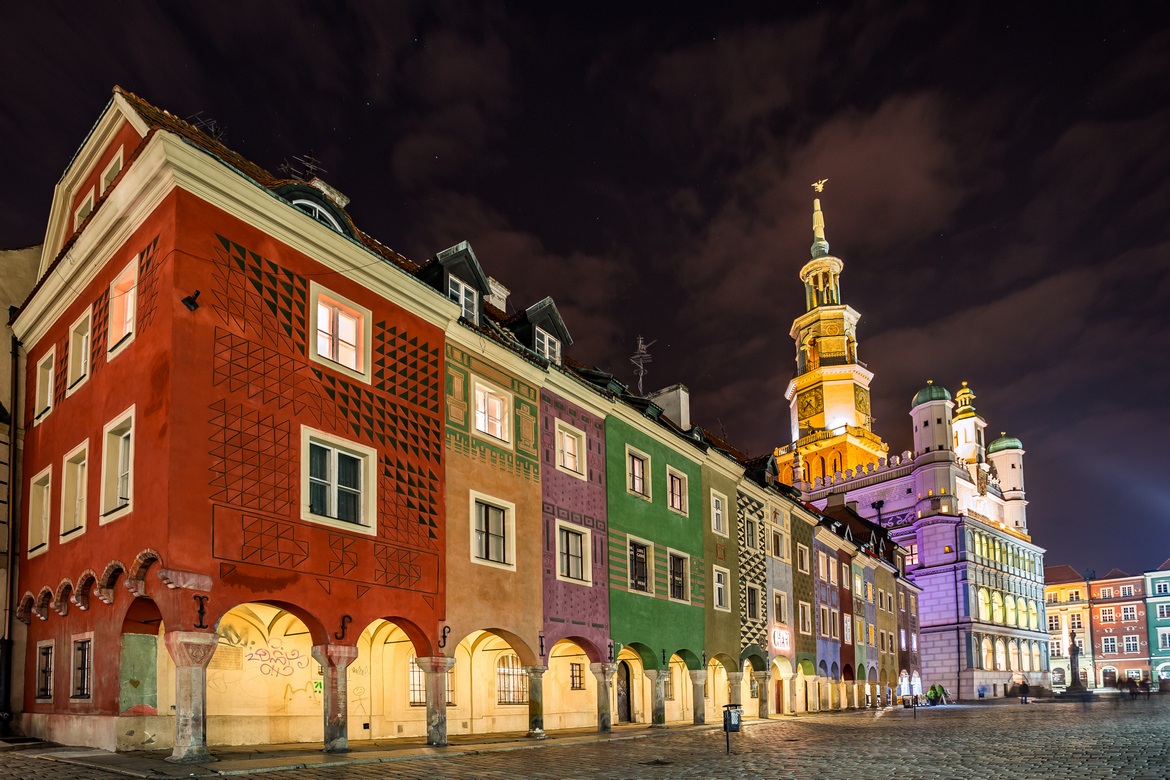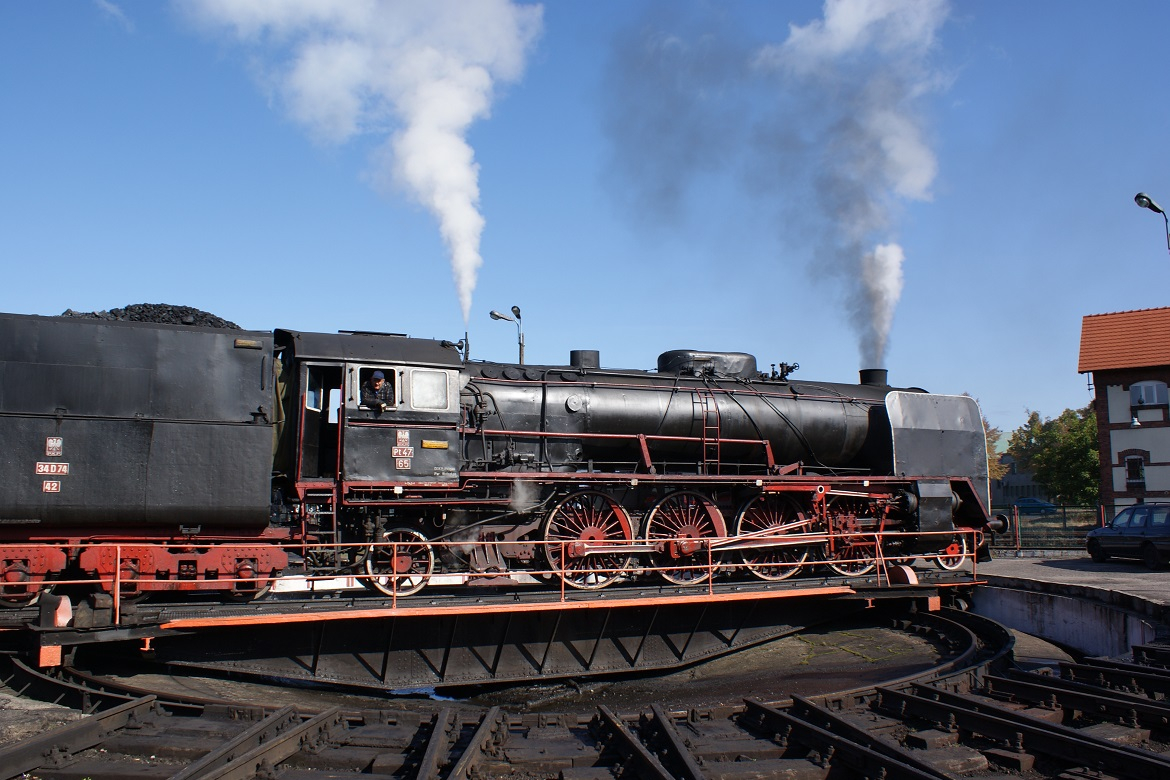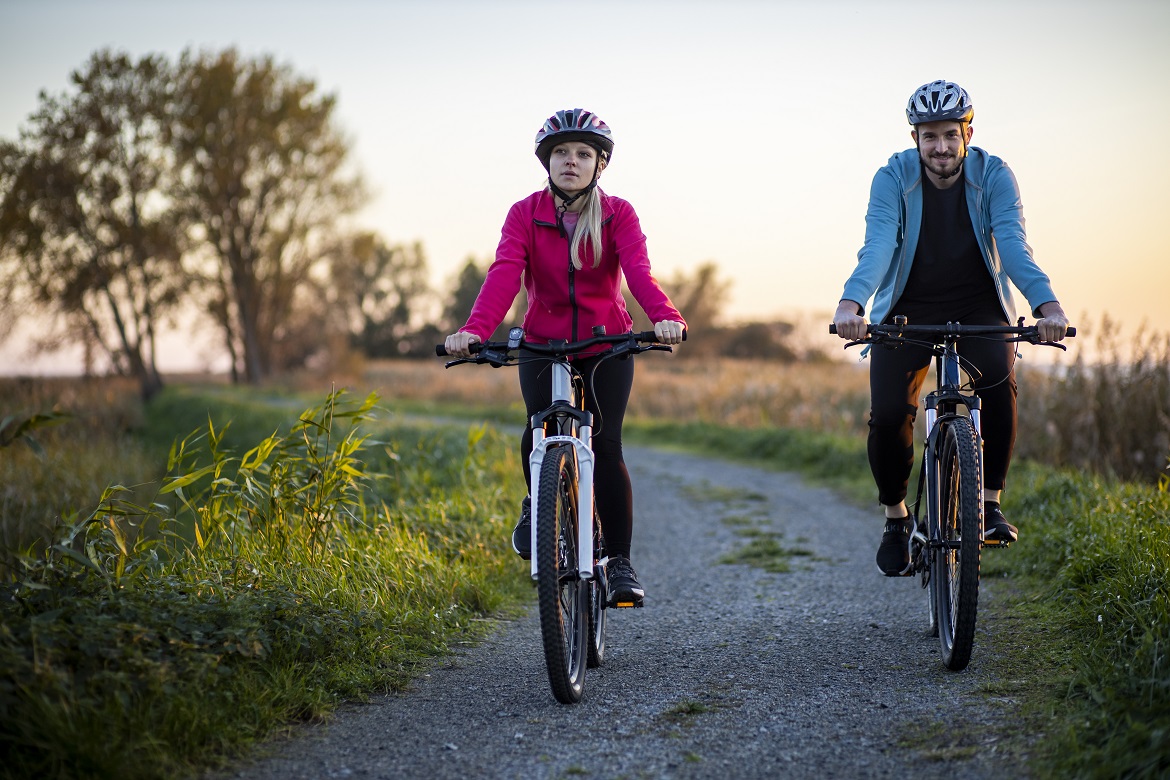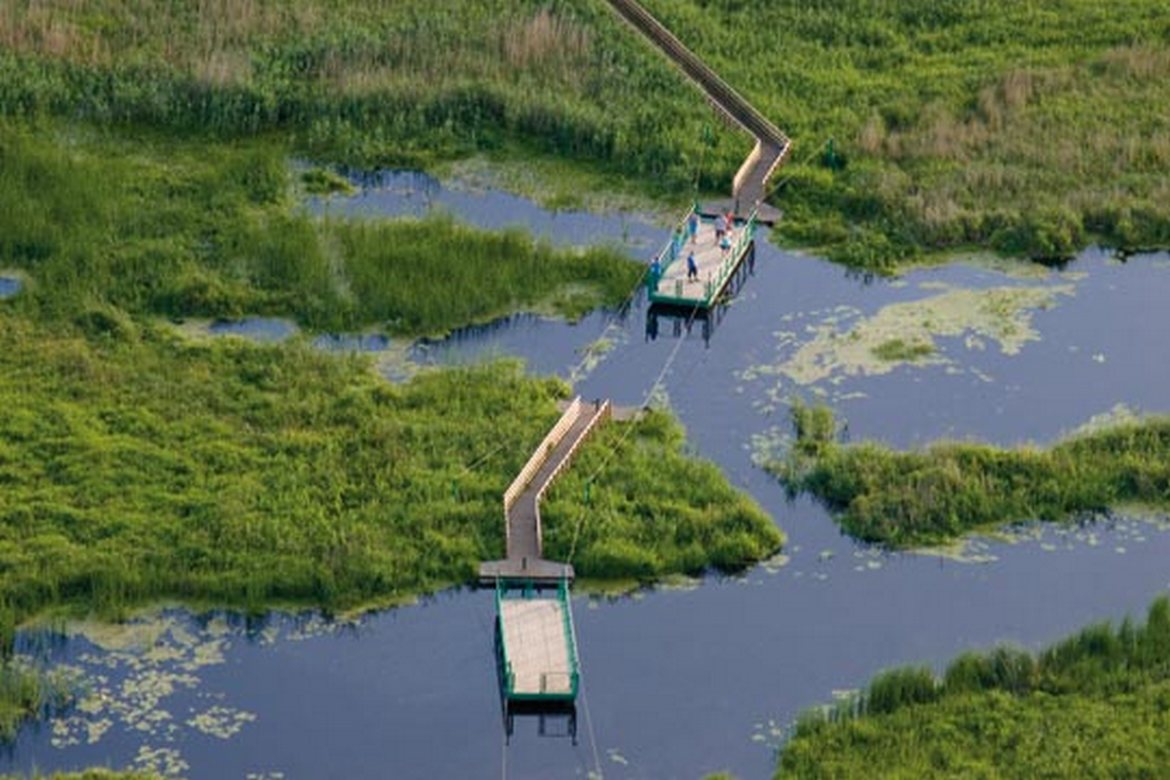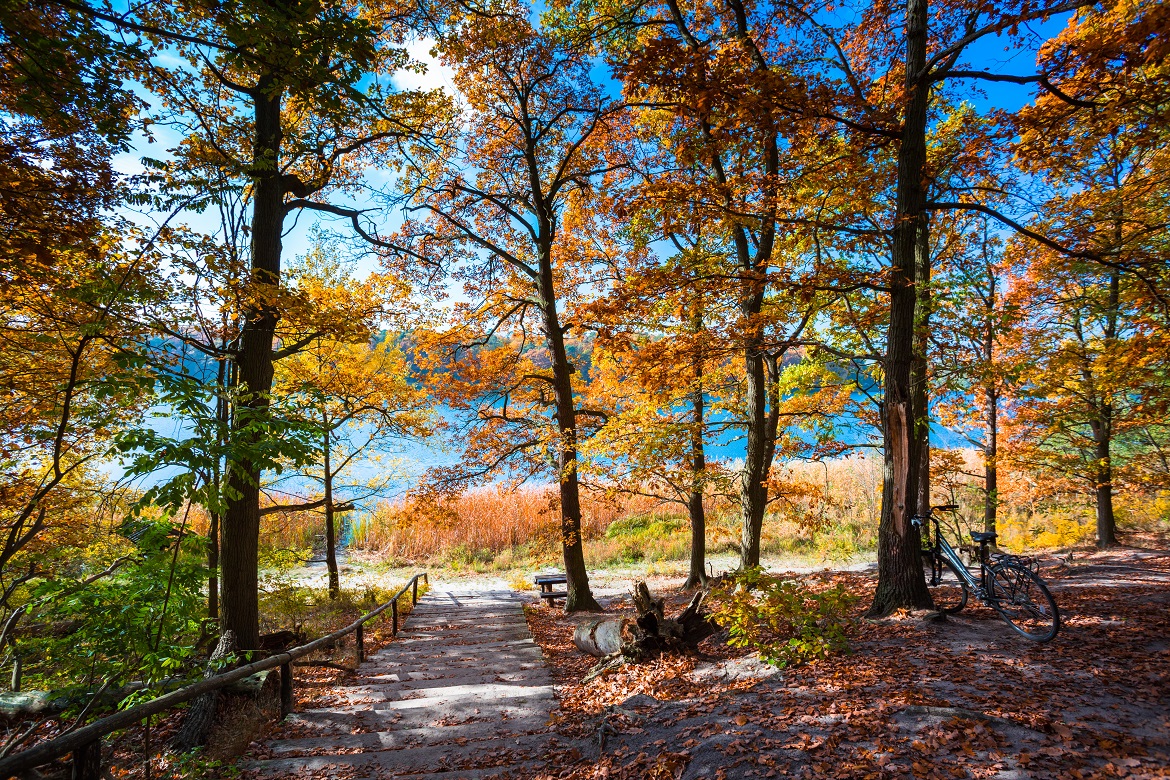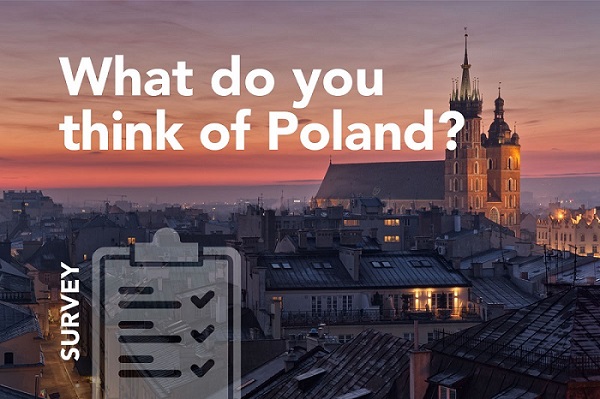Wielkopolskie Voivodeship
Wielkopolskie Voivodeship
This is a region with many valued historical sites, castles and palaces as well as attractions for fans of industrial tourism (it is home to Poland’s first capital city, Gniezno). The province also has plenty of valuable natural areas including two national parks (Wielkopolska National Park and part of Drawa National Park), which hold great potential for active tourism such as the Great Wielkopolska Loop. The region’s capital is Poznań, Poland’s most important trade-fair centre.
Wielkopolskie province lies in central western Poland and shares a border with seven provinces: Zachodniopomorskie, Pomorskie, Kujawsko-Pomorskie, Łódzkie, Opolskie, Dolnośląskie and Lubuskie. The province capital is Poznań and Wielkopolskie province covers an area of over 29,800 sq. km.
Wielkopolska: Piasts and Fun
This is a region of great history as it is here that Poland “began”. Tourists will have many adventures while exploring castles, palaces and charming towns or taking part in water tourism.
Gniezno Cathedral, Poland’s oldest cathedral and the site where Polish kings were crowned, can be found in the provincial capital of Poznań. The cathedral is also the mausoleum of Mieszko I and Boleslaus the Brave. Ostrów Lednicki can also be found nearby, listed as a monument of history. These are unquestionably the greatest attractions of the Piast Dynasty Trail with 25 different sites. It is the main cultural tourism route in the region and the oldest one of its kind in the country.
Not To Be Missed
The Piast Dynasty Trail shows you places where “Poland began” in quite a laid-back way. It presents history through numerous outdoor events such as the Royal Coronation, a Slavic Culture Festival in Gniezno and the Slavic Warrior Tournament at the Gród Archaeological Reserve in Grzybowo, which takes you back to the times of the first Piasts. You should also check out the Jare Święto spring celebration at Gród Pobiedziska, where you can try your hand at operating a full-sized medieval catapult. Other offerings include pagan rituals at the reconstructed fortified village in Giecz, a Slavic settlement from before Mieszko I, a mural showing the town’s history in Pyzdry, one of the largest such pictures in Wielkopolska, and also the tasty benedyktynka, a liqueur made with 21 (or 17) herbs by monks from the Benedictine Abbey in Lubiń, according to centuries-old recipes.
The route also leads through Kalisz, the second – after Poznań – historical capital of the Wielkopolska region where upright and grand pianos have been made for over two centuries. This tradition is referenced in the building, renovated in 2019, of the old and famous piano factory of Arnold Fibiger which was later known as the Calisia factory, today housing the Calisia One hotel. The city features enchanting little streets in the historical centre with the cathedral, the Town Hall in the main square, the Shrine of St. Joseph and the Centre of Fairy Tales and Legends in the Dorotka Tower. Historical sightseeing buses take tourists on tours of the city, and the local speciality is andruty kaliskie; wafers made using traditional methods.
Gliders and Steam Engines
Wielkopolska has many other places well worth seeing. “Leszno – Spread Your Wings” is how the historical town of Leszno promotes itself, not only because it is home to Poland’s biggest gliding school. It is also the starting point of a trail presenting wooden and wattle-and-daub buildings, most of them old windmills, of which Wielkopolska has the greatest number in Poland. Reminders of the multicultural community of Leszno include the New Synagogue, St. John’s Church of the Czech Brethren denomination and the Church of the Holy Cross, formerly a Lutheran church. Sights worth seeing include the Old Town with its Baroque Town Hall and Leszno’s murals.
Trains pulled by steam engines can take you from Leszno (and Poznań) to Wolsztyn. This charming town with a promenade along the lake and an open-air museum of rural architecture is visited mainly for the Wolsztyn Steam Train Depot, the last operational one in the world. The annual Steam Engine Parade is a presentation of working steam engines from Poland and other countries, and a multimedia “light, steam, sound” show is a core part of the programme. In Wielkopolska fans of railway tourism can choose between the narrow-gauge Środa County Railway, the Śmigiel Narrow-Gauge Railway and the Białośliwie Wyrzysk County Railway.
Active Surrounded by Nature
The longest marked waterway in Poland is the 690km Great Wielkopolska Loop. It links the rivers Warta and Noteć and the Konin Lakes, which you can traverse by motorboat, barge or canoe. The route features a dozen or so high-standard marinas and this base is due to expand soon. There are also water trams and sightseeing boats.
The Land of a Hundred Lakes comprises the area around Sieraków, Miedzychód and Chrzypsko (Sieraków Landscape Park) and part of Noteć Forest, a woodland loved by mushroom-picking enthusiasts. In this “little Masuria” of the Wielkopolska region you can relax on beaches, hire a boat, go canoeing or cycling in the area’s undulating terrain. The Opaliński Castle Museum in Sieraków documents Piotr Opaliński’s participation in Ladislaus IV Vasa’s Moscow expedition. In Chalin, you can look at the stars at the Astronomical Observatory canoe in Przemęt Landscape Park and birdwatch in Warta Landscape Park.
Wielkopolska has many canoeing routes, but the most interesting ones are in the western and northern parts of the region (near Piła). Families can take the easier routes on the Rurzyca and Piława rivers (the Wełna river requires more skill) while the canoeing route down the Drawa and Lutynia rivers is a difficult one.
Green Lungs of Poznań
This is the name given to Wielkopolska National Park (WPN), situated on the River Warta, south of the province capital. Amidst its lakes, forests and hills there are five hiking trails totalling 85km, 100km of cycling trails and 30 km for horse-riding fans. On the way you can visit the WPN Nature Museum in Jeziory and the observation tower on Osowa Hill in Mosina. You can get to the park on the pedal-powered Mosina Railway Trolley. Puszczykowo with its historical, partly wooden architecture serves as a natural “gateway” to the park. The Arkady Fiedler Museum draws crowds of fans of this traveller and writer. The other “lung” is the Zielonka Forest, with a fantastic observation tower on Dziewicza Hill and the picturesque Wooden Churches Trail.
Castles and Palaces
Southern Wielkopolska features many preserved former aristocratic residences. The Palladian Palace in Śmiełów houses the Adam Mickiewicz Museum. The Princes Radziwiłł Hunting Palace in Antonin hosts concerts of the Chopin in the Colours of Autumn International Festival, commemorating the composer’s visits to the estate. Other interesting places include Rokosowo, Rydzyna (reminiscent of Wilanów Palace) as well as Winna Góra, Turew and Gołuchów. The palace in Rogalin and the castle and arboretum in Kórnik are must-see sites.

